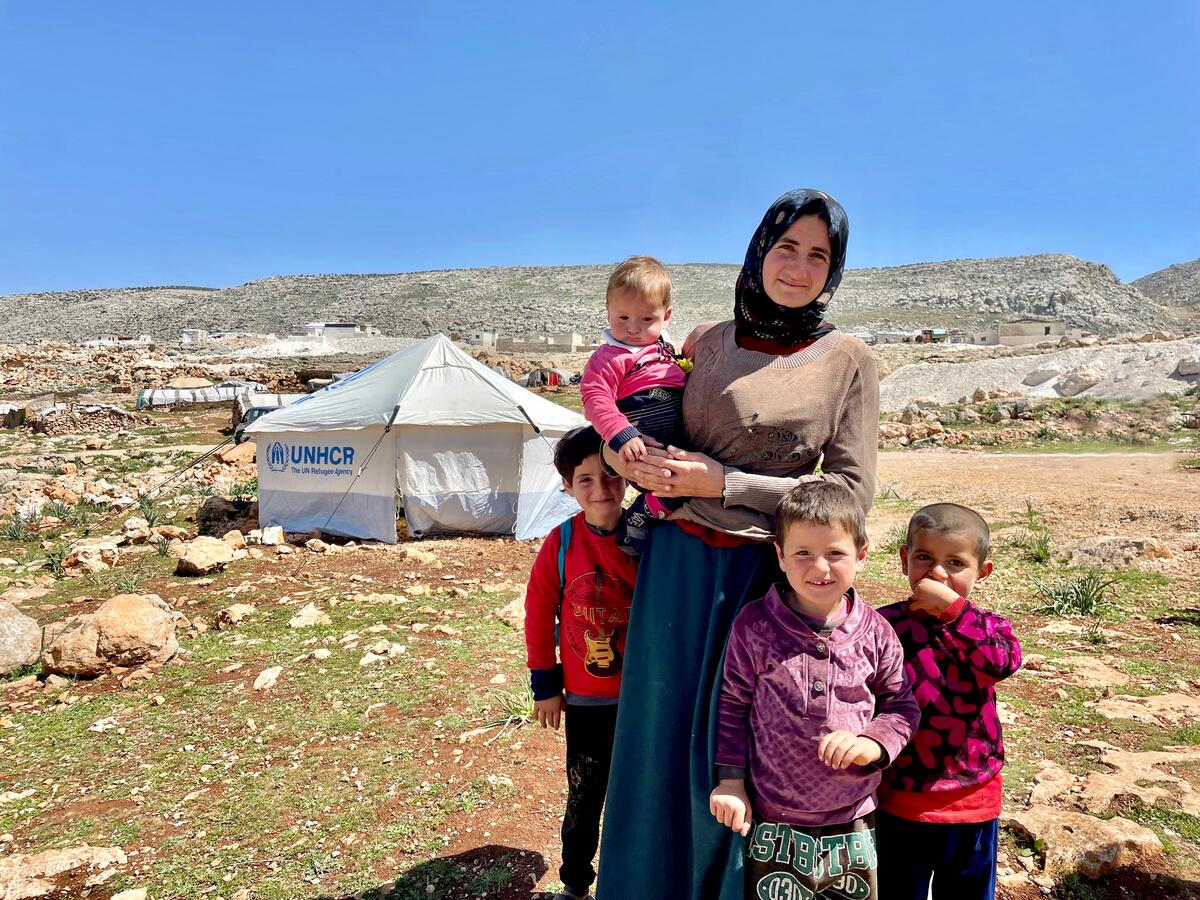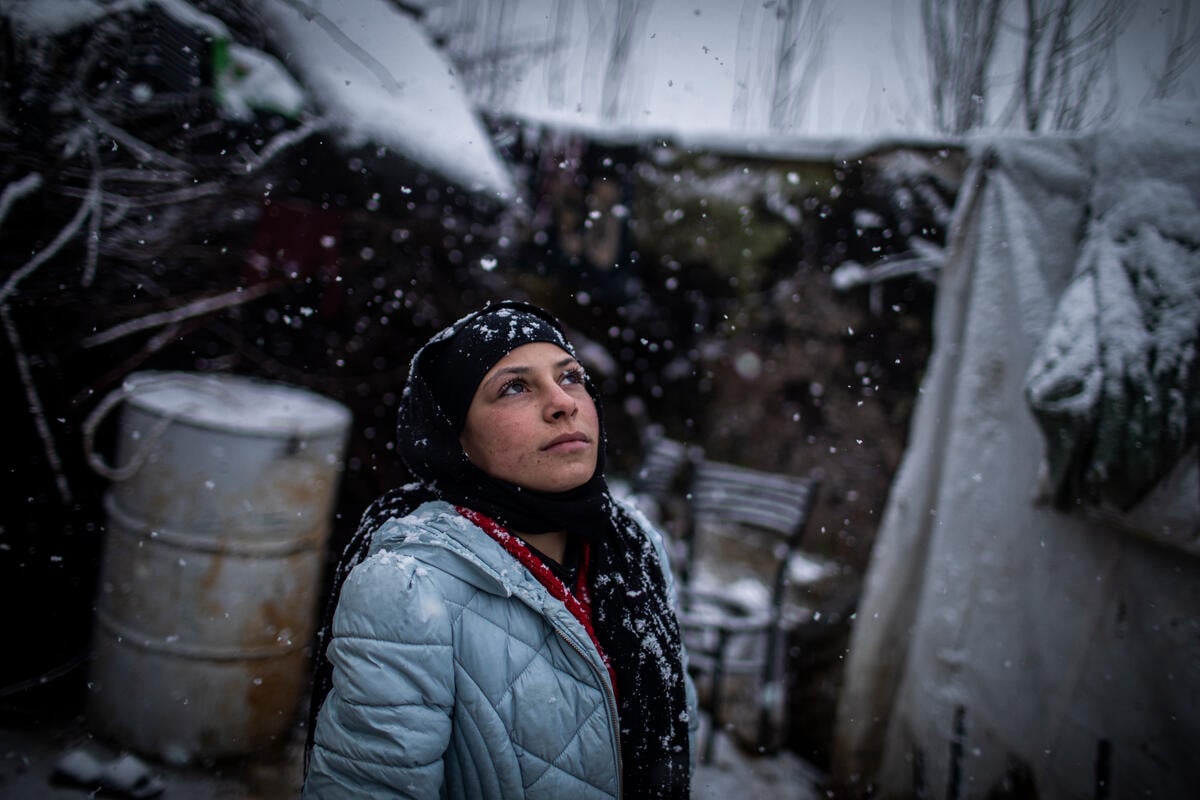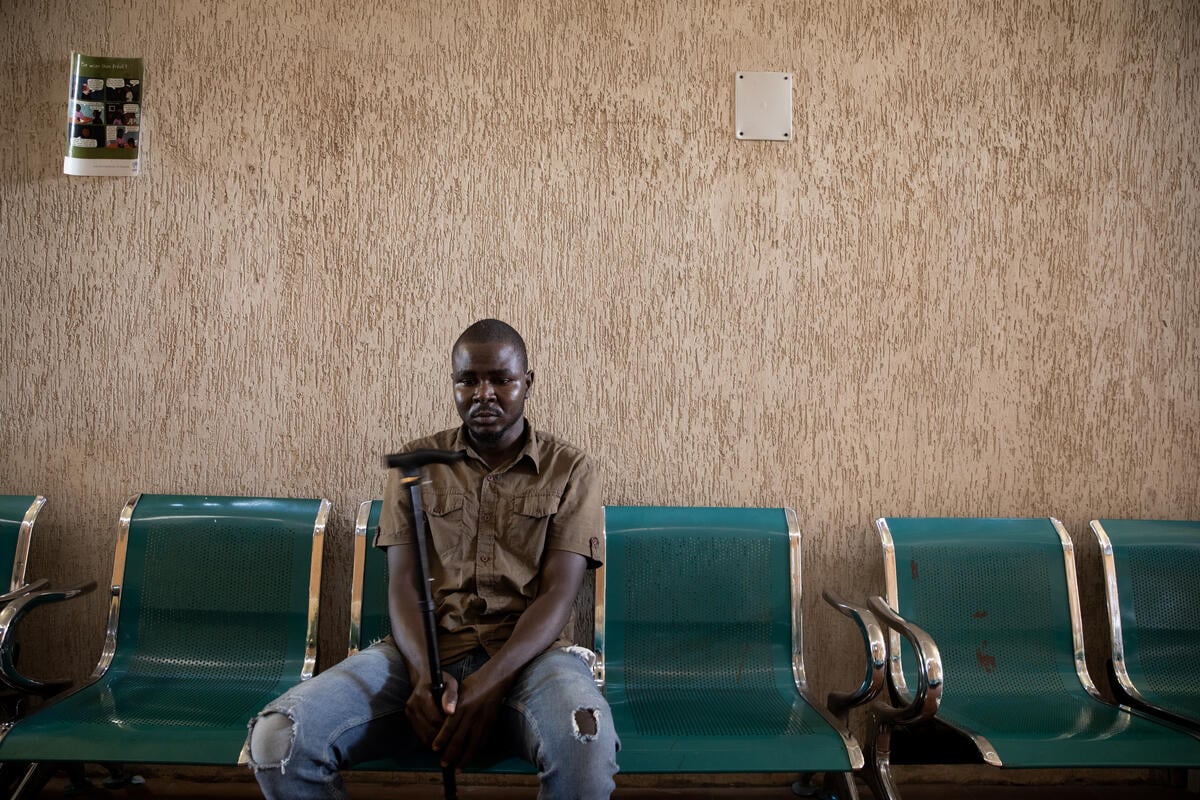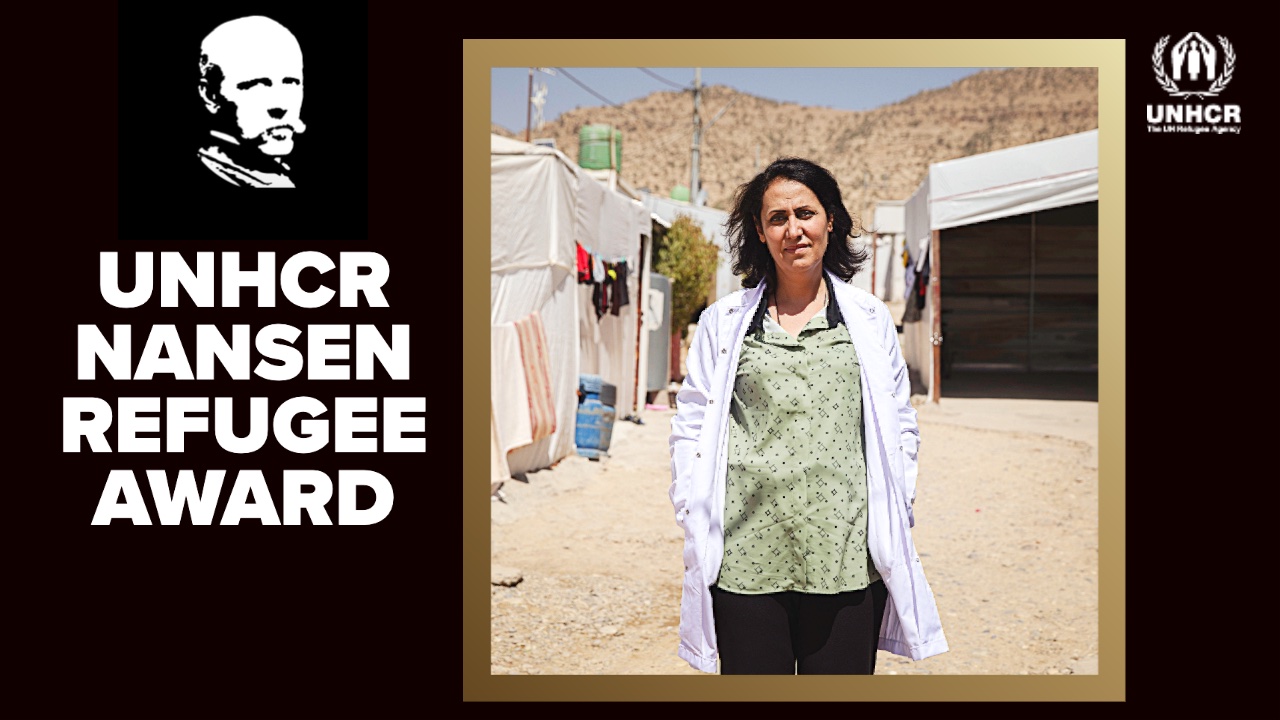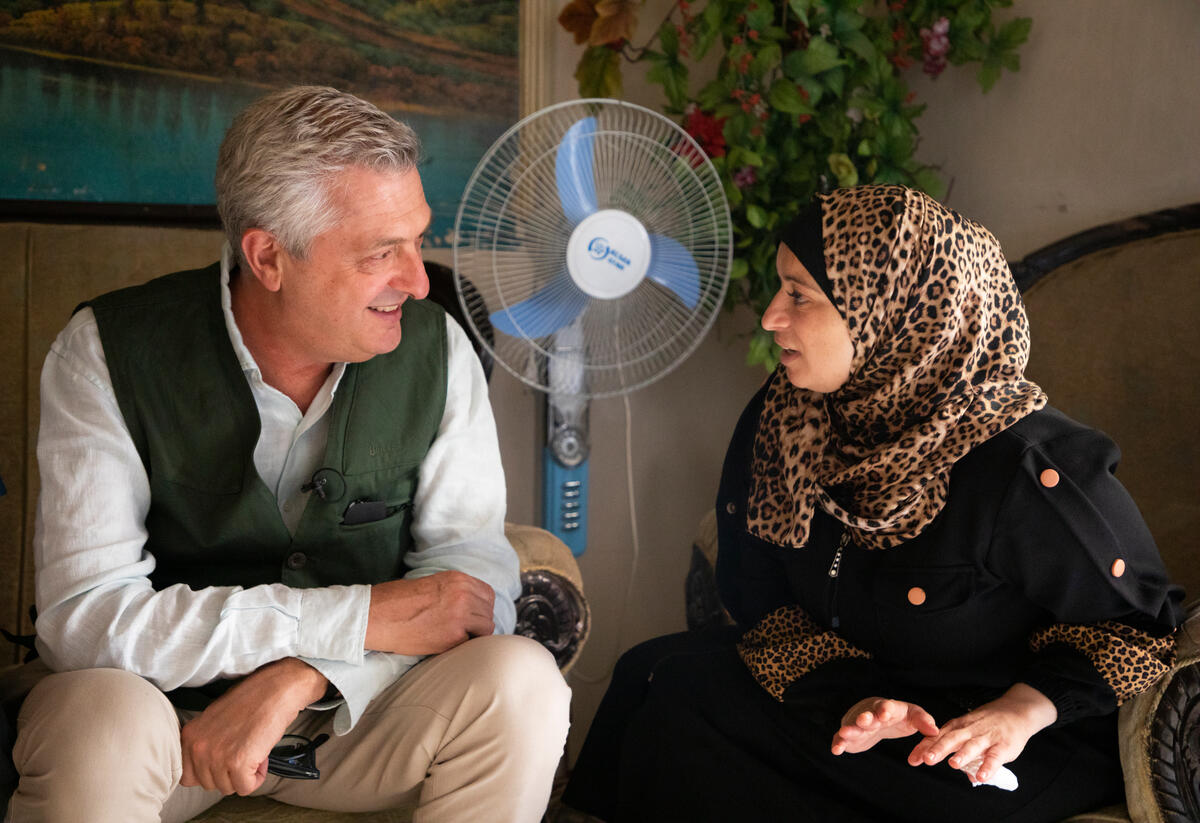Over 300,000 refugees and migrants cross Med so far in 2016
Over 300,000 refugees and migrants cross Med so far in 2016

GENEVA – Over 300,000 refugees and migrants have made the dangerous Mediterranean sea crossing so far this year, according to figures released by UNHCR, the UN Refugee Agency today.
“This is considerably lower than the 520,000 registered sea arrivals during the first nine months of 2015, but higher than the 216,054 arrivals during the whole of 2014,” UNHCR spokesperson William Spindler told a press briefing in Geneva.
He added that there were important differences between the two main countries of arrival, Greece and Italy. Overall however it remains a deadly route.
“At this rate, 2016 will be the deadliest year on record in the Mediterranean Sea.”
Despite the number of crossings this year being 42 per cent lower than during the same period last year, the number of people reported dead or missing so far this year (3,211) is only 15 per cent lower than the total number of casualties for the whole of 2015 (3,771).
“At this rate, 2016 will be the deadliest year on record in the Mediterranean Sea,” Spindler warned.
He explained that a detailed analysis of the figures showed that arrivals in Italy this year followed the same pattern as last year, with 130,411 refugees and migrants entering in 2016, compared with 132,071 during the first nine months of last year.
“In both years, arrivals increased during May and peaked in July. However, more people arriving in Italy are staying there. As of today, asylum claims have more than doubled in Italy, in comparison to the same period last year,” he added. Over 158,000 people are currently accommodated in reception facilities in Italy.
In contrast, though he said Greece saw a massive rise in the number of arrivals by sea last year, with 385,069 by the end of September. The surge began in August, with 107,843 arrivals, and peaked in October, with highest number of arrivals (211,663).
“This year, there has been a sharp drop from 67,415 arrivals during the month of January to just over 2,000 so far this month, bringing the total this year to 165,750, a 57 per cent drop from the 385,069 arrivals registered in Greece during the first nine months of last year,” Spindler said.

The main nationalities arriving in Greece are Syria (48 per cent) and Afghanistan (25 per cent) with Iraq, Pakistan and Iran largely accounting for the balance. Those reaching Italy come primarily from Africa (Nigeria 20 per cent, Eritrea 12 per cent, Gambia/ Guinea/Sudan/Ivory Coast 7 per cent each).
In the Mediterranean as a whole, five nationalities -- Syria, Afghanistan, Iraq, Nigeria and Eritrea -- account for 68 per cent of all arrivals.
This situation highlights the urgent need for States to increase pathways for admission of refugees, such as resettlement, private sponsorship, family reunification and student scholarship schemes, among others, so they do not have to resort to dangerous journeys and the use of smugglers.
“We have been calling on EU Member States to increase pledges."
At the same time, the plan agreed by the European Union (EU) and Member States a year ago to relocate 160,000 asylum-seekers mainly from Greece and Italy to other European countries need to be fully implemented. So far, less than 5,000 asylum-seekers have been relocated from Greece (3,791) and Italy (1,156) – a mere three per cent of the original target. (see map of relocations here)
“We have been calling on EU Member States to increase pledges, including for unaccompanied and separated children, speed up the registration and transfers of candidates, and for more nationalities fleeing war and persecution to have access to the scheme,” Spindler explained.
Meanwhile, in a separate development a fire broke out at the Moria reception centre on the Greek island of Lesvos on Monday evening following clashes between residents.
The fire did not cause any casualties but at least 30 people are reported to have light injuries.
A large number of refugees and migrants were forced to leave the government-run site. Some 4,400 people were accommodated in the facility at the time. Around 95 unaccompanied children were transferred to the Pikpa reception site nearby.
Based on initial reports, the fire did not cause any casualties but at least 30 people are reported to have light injuries and have been taken to hospital. Over 50 UNHCR Refugee Housing Units, accommodating some 800 people, were completely destroyed. There were other material damages to the site, including the destruction of tents.
UNHCR is present in Moria and the other reception centres on the Greek islands.
“We have a team assessing the damage and will put up family tents today as an emergency accommodation measure for those affected. Non-governmental organizations will provide tents, mattresses, blankets and water,” Spindler declared.
Poor living conditions, combined with a prevailing feeling of uncertainty, regularly fuel despair and frustration among asylum-seekers in Greece. On islands like Lesvos, the capacities for hosting refugees and migrants are overstretched. Lesvos hosts over 5,300 people and has a capacity of only 3,500.
To reduce tension and overcrowding, UNHCR is working with the authorities and calls for the urgent transfer of unaccompanied and separated children, one of the most vulnerable groups, to the mainland, shorter waiting periods for asylum claims, particularly on the islands, faster registration and processing of cases for all nationalities and speedier return of those who are not in need of international protection.


